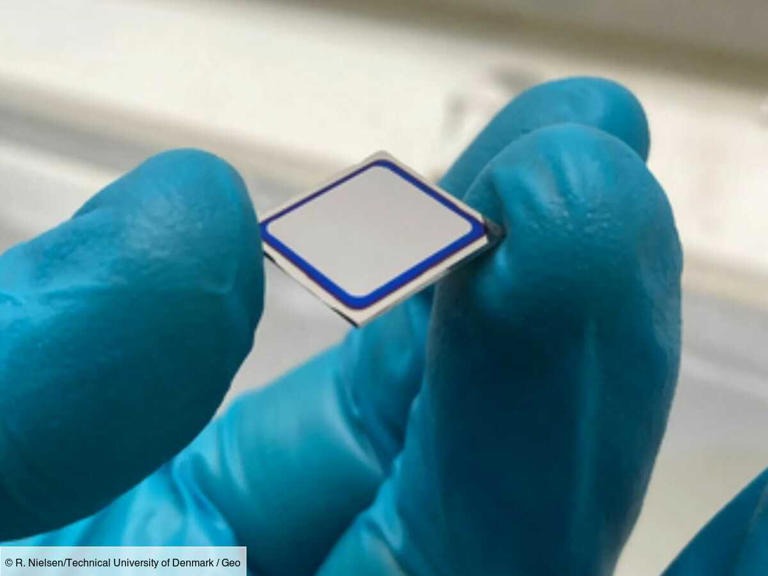Photovoltaic Innovations: The Selenium-Silicon “Sandwich”
The ever-evolving solar energy sector has just made a significant leap forward thanks to a team of researchers at the Technical University of Denmark. They have developed a revolutionary technology: a solar cell “sandwich” made of selenium and silicon. This breakthrough, published in mid-March in PRX Energy 3, promises to significantly enhance the efficiency of solar cells while offering a more economical alternative.
A revolution in the solar energy domain
This innovation comes at a time when the world is desperately looking for viable solutions to reduce its dependence on fossil fuels. Despite progress, current solar cells convert “only” up to 30% of solar energy into electricity, leaving a huge largely untapped potential.
The Danish researchers, therefore, rethought the traditional approach by merging the unique properties of selenium with those of silicon. Selenium, used in the earliest solar cells but overshadowed by silicon due to its promise of higher efficiency, makes a remarkable return thanks to its lower melting point, which could significantly reduce production costs.
Pushing the boundaries of efficiency and accessibility
The tandem solar cell developed by the team combines a top layer of selenium capable of absorbing different wavelengths of sunlight to produce electricity, with a bottom layer of silicon. Although the current prototype has an energy conversion efficiency of “only” 2.7%, the researchers are confident in the potential of this technology to reach or even exceed the performance of current solar cells once the necessary adjustments are made.
The primary goal of this innovation is not just to increase energy conversion efficiency but also to do so in an economically viable way. New solar cells need to be affordable to truly revolutionize the market and make solar energy more accessible to a broader portion of the global population.
Towards a sustainable energy future
The implications of this advancement could be monumental, not just for the solar energy sector but for our entire energy systems. More efficient and less expensive energy conversion would mean broader adoption of solar energy, thus reducing our dependence on fossil fuels and the associated environmental impact.
It’s clear that challenges remain before this technology can be deployed on a large scale. Researchers still need to perfect the composition and configuration of the conducting materials to maximize the efficiency and durability of the solar cells. Nonetheless, optimism is high, and the potential of this innovation to change the game in our quest for a sustainable energy future is undeniable.
In summary, research into the selenium-silicon “sandwich” marks a significant step towards a more efficient and economically viable use of solar energy. This promising advance could well be the catalyst needed to accelerate the global energy transition towards cleaner, renewable sources.
